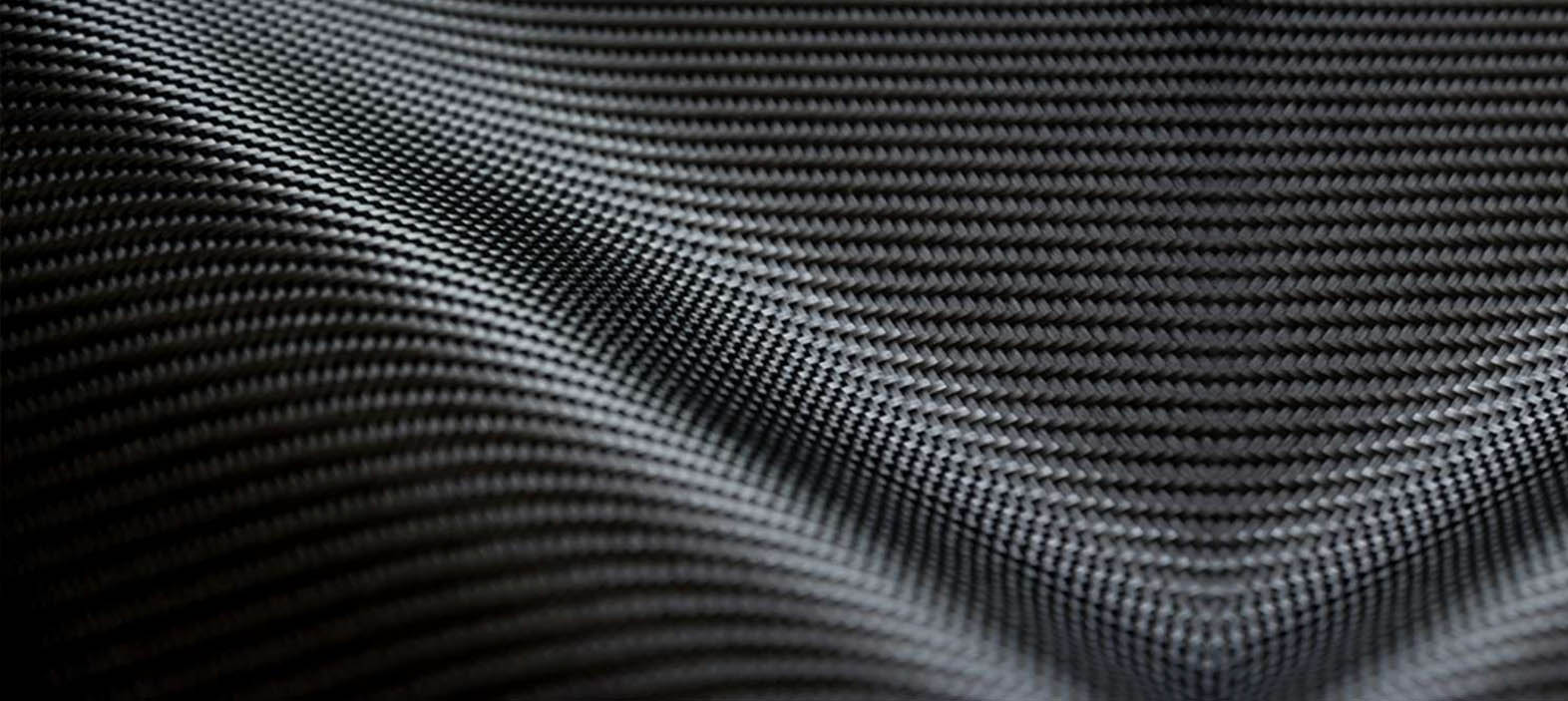
Top Innovations in Carbon Fiber Technology: Boosting Strength, Speed, and Sustainability
👁 Reads: 377
The growth of carbon fiber technology has been phenomenal over the years. From space to automobile industries, all are incorporating this material into their productions. The uniqueness of its strength and lightweight property makes it stand out from the rest. However, in recent times, these boundaries have been stretched even more. Let's explore top carbon fiber technology innovations that raise the bar.
High-Strength Carbon Fiber for Improved Performance
As technology and civilization are developing, most of the industries are demanding stronger materials consistently. High-strength carbon fiber is meeting these demands like never before. Using new manufacturing techniques, engineers are increasing the strength of carbon fiber without adding its weight. These fibers are able to bear more stress and pressure, thus they are ideal for high-performance vehicles, planes, and sports gear.
One key development involves the actual procedure used in the carbon fiber making process. Techniques like nano-engineering create better atomic-level fiber structures. This improves strength while maintaining thin and flexible fibers. For cutting-edge projects in aerospace and at races, high-strength carbon fiber is now one of the go-to options.
Lightweight Solutions for Speed and Efficiency
Lightweight materials have always been the lifeblood of any industry reliant on speed. Carbon fiber technology continues to push the envelope, finding innovative ways to further reduce weight. The most recent innovations in the field include the use of hybrid materials, combining carbon fiber with other lightweight composites like aluminum and magnesium alloys. These metals are not only light but also strong, making them ideal for use in industries such as aerospace and automotive. This combination results in a product that’s even lighter without sacrificing strength.
In the automotive industry, lighter materials directly relate to higher speeds and improved fuel efficiency. For example, Formula 1 cars use this technology almost exclusively, blending carbon fiber with magnesium to reduce weight and enhance performance. Advances along these lines also help extend driving range for electric vehicles. Lighter materials make it easier for electric motors to perform efficiently, increasing their desirability and sustainability.
Recycled Carbon Fiber
Carbon fiber recycling has recently gained much interest in the push for sustainability. Conventionally, carbon fiber waste was a big challenge because it cannot easily be recycled. However, different methods are now being discovered to resolve this issue. One of such innovative techniques is pyrolysis, wherein heating of the carbon composites in an oxygen-free atmosphere takes place for the removal of resin. Through this means, nearly all the core properties of the fiber remain intact and hence are effective for reuse.
Recycled carbon fiber from pyrolysis is applied in automotive parts, like interior components and underbody shields, and in consumer products, such as laptops and sporting equipment. The use of recycled carbon fiber meets current trends of interest in the sustainability of carbon fiber material. Recycling carbon fiber reduces waste and can cut production costs, therefore improving the environment and saving businesses money on raw materials.
Carbon Fiber 3D Printing
Another new development in carbon fiber technology is the rise in Carbon Fiber 3D Printing. This technique enables manufacturers to create very accurate, customized parts by layering carbon fibers with techniques of 3D printing. Unlike other traditional manufacturing techniques, 3D printing allows rapid prototyping, which tremendously reduces development time.
A practical application of the technology can be seen on aerospace, where the carbon fiber pieces must be lightweight yet robust. Companies such as Boeing have begun using 3D printing with carbon fiber to create airplane parts; thereby achieving minimal material waste and increased design flexibility. The boosts in efficiency that come along with this development continue further to enhance sustainability by allowing the reduction of overall environmental impact of production.
Bio-Based Carbon Fibers
Sustainability is the concern of every industry these days. One of the promising developments in Carbon fiber sustainability is related to the use of bio-based products. This fiber is produced from renewable resources, including plant-based materials instead of petroleum-based sources. A particular case study is that done by the National Renewable Energy Laboratory (NREL) in the U.S., which made bio-based carbon fibers from lignin, a product generated in the manufacture of paper. In this way, it reduces dependence on fossil fuels and is highly sustainable.
The advantages are not limited to sourcing biomaterials alone. Production of bio-based carbon fibers results in reduced environmental impacts, such as lowering greenhouse gas emissions. As this technology keeps evolving, wider adoptions across various industries will be achieved, thus guaranteeing a more sustainable future for carbon fiber manufacturing.
Carbon Fiber Manufacturing Process
The manufacturing process alone contributes to much of the difference in carbon fiber quality. Traditionally, carbon fiber making involved high-energy-intensive processes. Today, innovative methods emerge to make production efficient. For example, the use of low-energy alternatives in microwave-based production cuts costs and emissions.
Other breakthroughs include robotic fiber placement and resin infusion processes. These techniques improve consistency in carbon fiber material, thereby allowing ease of shaping and usage in various products.
Conclusion
Carbon fiber technology is under constant evolution, creating unmatched leaps in several sectors. The innovations also upgrade performances and efficiencies and are also paying their dues to the call for sustainability. The continuous development in this field promises a future where high-strength, lightweight, eco-friendly materials become the standards to propel further development and new benchmarks of excellence.





